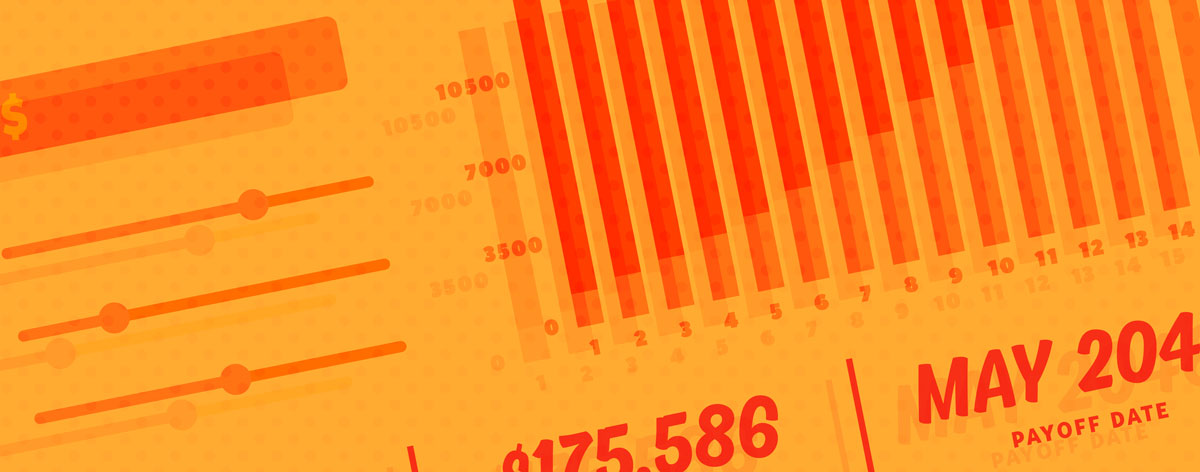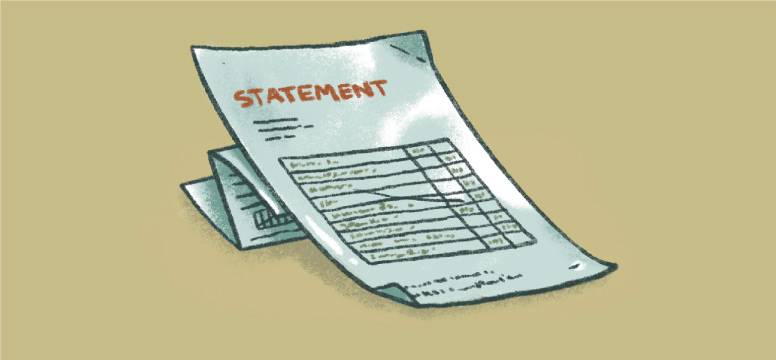

Refinancing Loans
In this article:
Essentially, refinancing replaces an old loan with a new one with terms that are better for your situation. But it’s not all fanfare and applause—there are tradeoffs associated with refinancing.
What Can Be Refinanced?
While mortgage loans may be most commonly refinanced, you can refinance auto, personal, and even student loans. You can even “refinance” credit card debt by transferring the amount left to pay to another credit provider with better terms or taking out a loan to pay off the debt.

Not all lenders will refinance your loan, though. Just like how you had to convince a lender that you were a good fit for your original loan, you’ll need to do the same when you refinance. Lenders will consider your income, credit history, and credit score.
Some types of loans involve extra consideration. Auto refinancing, for example, can be difficult since cars depreciate and lose their value quickly. A lender will be less likely to refinance your auto loan if the car is old, has high mileage, or isn’t worth enough for them to feel like it’s a safe investment.
Benefits and Risks
The benefits of refinancing could include lowering your interest rate or monthly payment, or changing the length or type of your loan. But it’s likely every benefit will come with a corresponding drawback. Sometimes lowering your monthly payment requires extending your loan, which can mean that you pay more overall. Shortening your term can make it harder to afford your payments if your financial situation changes unexpectedly. If you refinance federal student loans, you could lose access to debt forgiveness or government relief programs.
The benefits of refinancing could include lowering your interest rate or monthly payment, or changing the length or type of loan.
Another major drawback comes from the cost of refinancing. When you refinance a loan, you’re taking out a new loan to pay the other off. That means all the fees and processes that went into the original loan will apply again, as well as any prepayment penalties on the previous loan. These can quickly add up to be a pretty significant cost.
Some lenders will allow you to roll those costs into your new loan amount and pay it off over time, but that can make the actual amount that you pay the same or more than your previous loan. Before you agree to a refinance, it’s important to make sure that the price of doing so will actually come out in your favor.
When to Refinance
The best time to refinance depends on multiple factors. If interest rates have dropped since you got your loan or if your credit score has improved significantly, it may be worth trying to lower your interest rate with a refinanced loan. If you’re struggling to make your monthly payments, lowering your payments by getting a longer term, even if it means paying more overall, can help take some of the strain off of your budget. Many people also refinance for extra cash, this is called a cash-out refinance. But be wary of this, it could mean taking on more debt needlessly. In the case of mortgage refinancing, you could be in trading equity for more debt.

Finding the Best Deal
To figure out if refinancing will be the right for you, you’ll need to do some calculations. Determine how much your original loan will cost by adding what you have left to pay and the amount you will pay in interest. Next you’ll need to do some leg work. Reach out to potential lenders to get quotes. As long as you do this in a short period of time (usually about a month), talking to multiple lenders should only count as one hard inquiry on your credit report. If you have multiple inquiries spread out over a longer period of time, it can impact your credit score significantly.
Once you have quotes from potential lenders, you can then take those numbers to your current lender and see if they can beat it. Once you’ve found the best deal, compare the difference between the refinanced loan and your current one. Do you end up coming out on top? If so, refinancing may be one of the most powerful moves you can make to help overcome debt.
Neither Banzai nor its sponsoring partners make any warranties or representations as to the accuracy, applicability, completeness, or suitability for any particular purpose of the information contained herein. Banzai and its sponsoring partners expressly disclaim any liability arising from the use or misuse of these materials and, by visiting this site, you agree to release Banzai and its sponsoring partners from any such liability. Do not rely upon the information provided in this content when making decisions regarding financial or legal matters without first consulting with a qualified, licensed professional.

